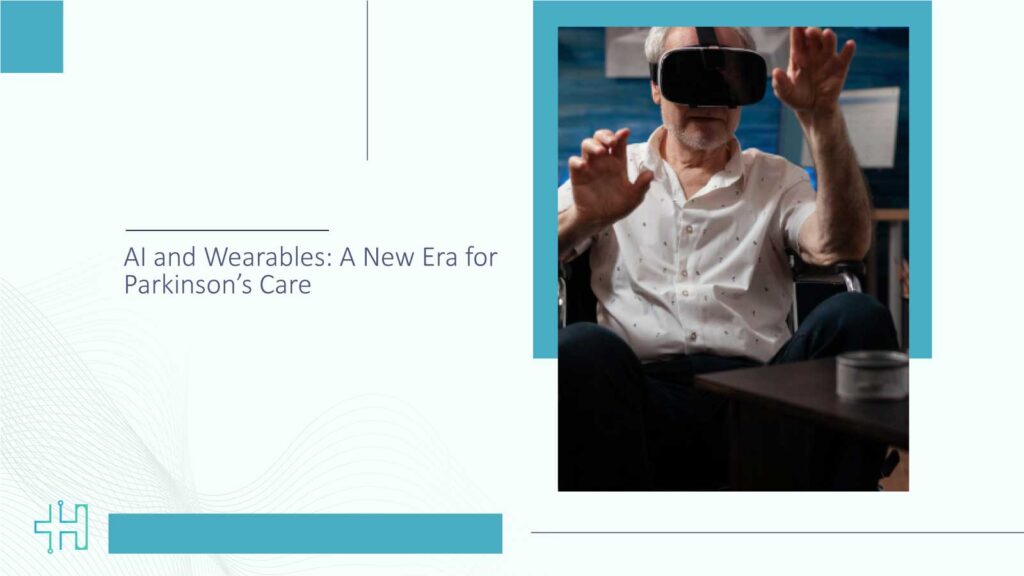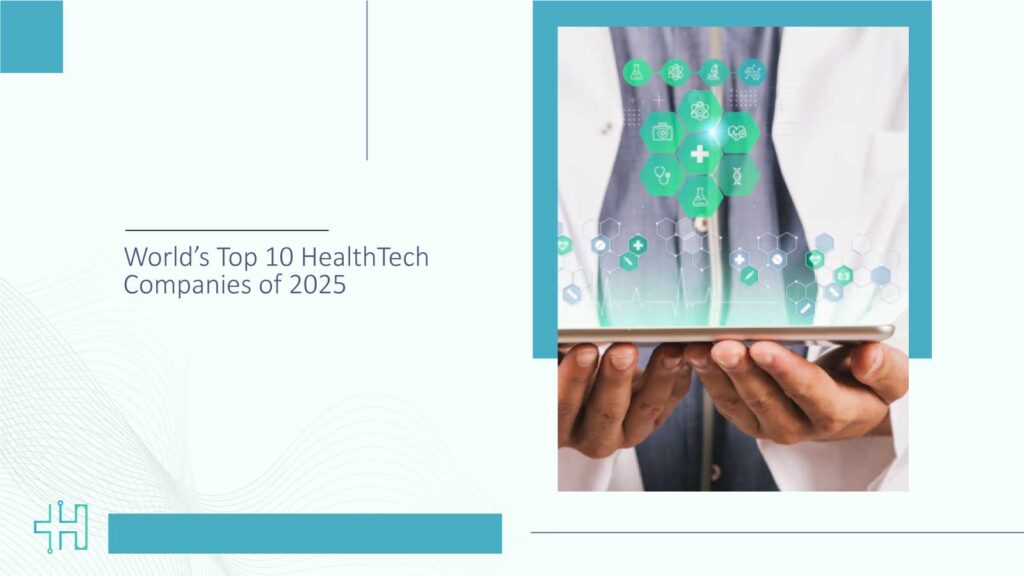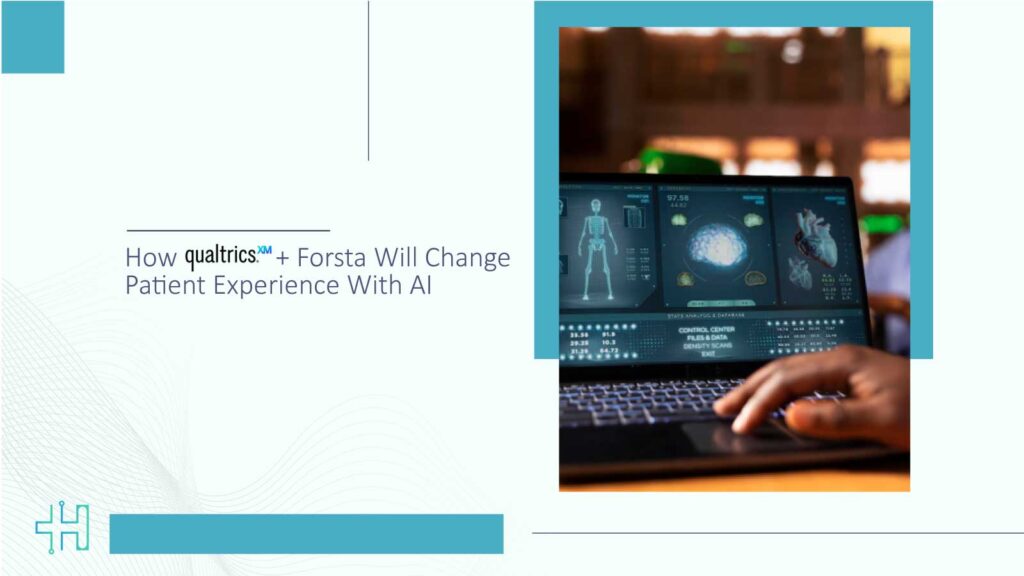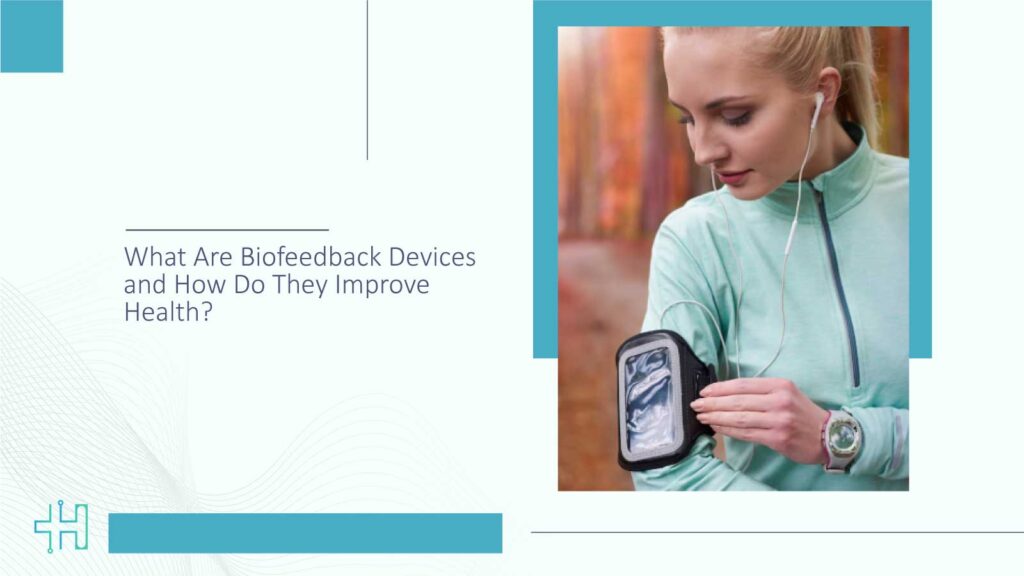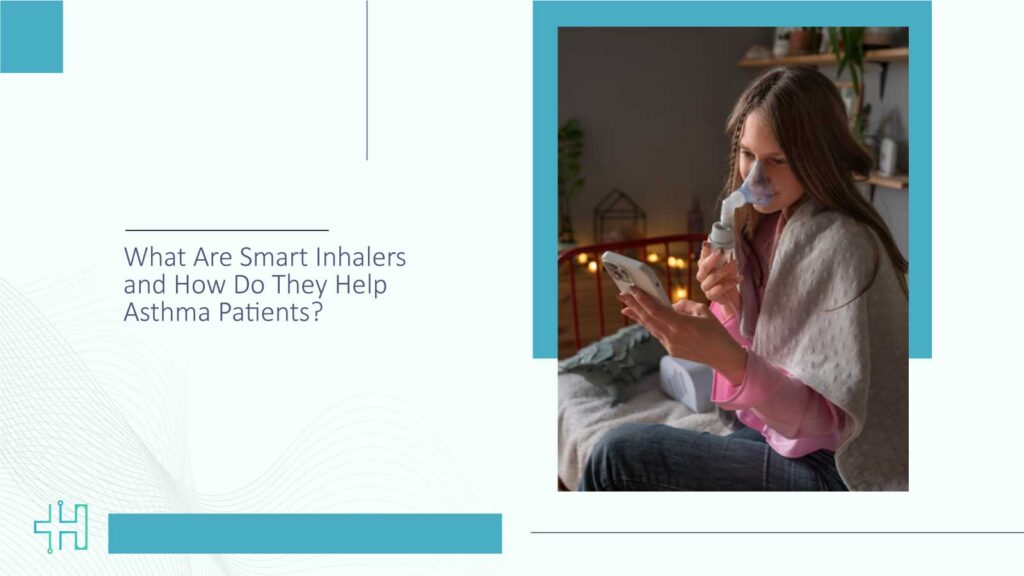New analysis also highlights emerging trends in pediatric volumes, cancer patient population and impact of GLP-1s in diabetes management
Sg2, a Vizient company announced the release of the 2025 Impact of Change Forecast, highlighting an 18% growth in adult outpatient volumes and a 5% increase in adult inpatient discharges over the next decade. The annual 10-year forecast provides insight into anticipated shifts in care delivery across the nation, including emerging trends in pediatric care, cancer outpatient volumes, the impact of GLP-1s on disease management and projections for post-acute care.
As care continues to shift to outpatient settings—reaching 6.03 billion volumes by 2035— annual inpatient discharges are still projected to reach 31.9 million by the end of the decade, with individuals aged 65+ accounting for more than half of these discharges. These patients will bring with them multiple comorbidities, such as congestive heart failure and behavioral health conditions, requiring longer and more intensive hospital stays. Inpatient days are expected to rise by 10%, to 175.8 million days—a trend that will exacerbate existing capacity issues.
At the same time pediatric OP growth is forecasted to grow 8% over the next ten years to 881.8 million volumes. Pediatric IP discharges will peak at 1.6 million next year, excluding births, before slowly declining throughout the decade due to changes in birth rates.
“These forecasts reflect a changing care landscape that will require health systems to adjust both their physical footprints and clinical operations,” said Tori Richie, senior director, Sg2 Intelligence. “Depending on the market, health systems may consider growing their post-acute footprint, investing in offerings, such as remote patient monitoring or virtual nursing to scale home-based care.”
The Impact of Change Forecast highlighted several service line trends across the nation, including:
Cancer outpatient volumes—Cancer OP volumes are expected to grow 18% to 222.0 million volumes over the decade while IP volumes remain flat. Rising cancer prevalence in young adults indicates the need for the development of new programs to better target, diagnose and treat this younger patient population.
Health Technology Insights: Bridge Joins Elation Hub to Boost Patient Engagement
“While the aging population continues to drive utilization and complexity, the increasing incidence of cancer in younger adults, particularly across certain tumor types in the 18 to 44 age group, adds a new challenge for providers as these patients are often diagnosed at later stages due to limited eligibility under traditional screening guidelines,” said Setu Shah, senior consultant, Sg2 Intelligence. “To meet the needs of a broader spectrum of patients who require more advanced care, cancer programs must manage the rapid pace of innovation while providing longitudinal care and coordinated services.”
GLP-1 update—Driven largely by consistent GLP-1 use, type 2 diabetes inpatient discharge growth will slow to 8%, or 693,000 discharges, versus a population-based forecast of 12% growth. This potential reduction has wide-ranging implications for capacity planning, chronic disease management programs, and financial projections across health systems.
“By 2035, evaluation and management visits for diabetes are expected to grow 26%, reflecting the intensive care management needed for diabetic patients on GLP-1s,” said Emily Fitt, senior consultant, Sg2 Intelligence.
Health Technology Insights: Vitalchat Launches Kit to Restore Tele-ICU Alert System
Post-acute care—Post-acute care is expected to grow by 31% to 704 million patient volumes over the next decade, representing a significant opportunity to extend services to older and medically complex populations in a lower-cost setting. Health systems are encouraged to integrate home-based services into broader strategies for capacity management and care orchestration.
“The future of post-acute care is being written at home. Recovery is shifting from hospitals and skilled nursing facilities into living rooms and local communities—driven by the convergence of an aging population, consumer preferences/demand, system strain, and payer push for value,” said Nikita Arora, senior consultant, Sg2 Intelligence. “For lower-acuity procedures that are safe to recover from at home, health systems are scaling smarter, leaner care models: virtual rehab, remote monitoring, transitional care, and nurse-led recovery solutions that extend clinical precision beyond the hospital walls. It’s not just a site-of-care shift—it’s a redesign of recovery itself.”
Health Technology Insights: Aya Healthcare Acquires Locum’s Nest to Expand in the UK
To participate in our interviews, please write to our HealthTech Media Room at sudipto@intentamplify.com
Source – businesswire


